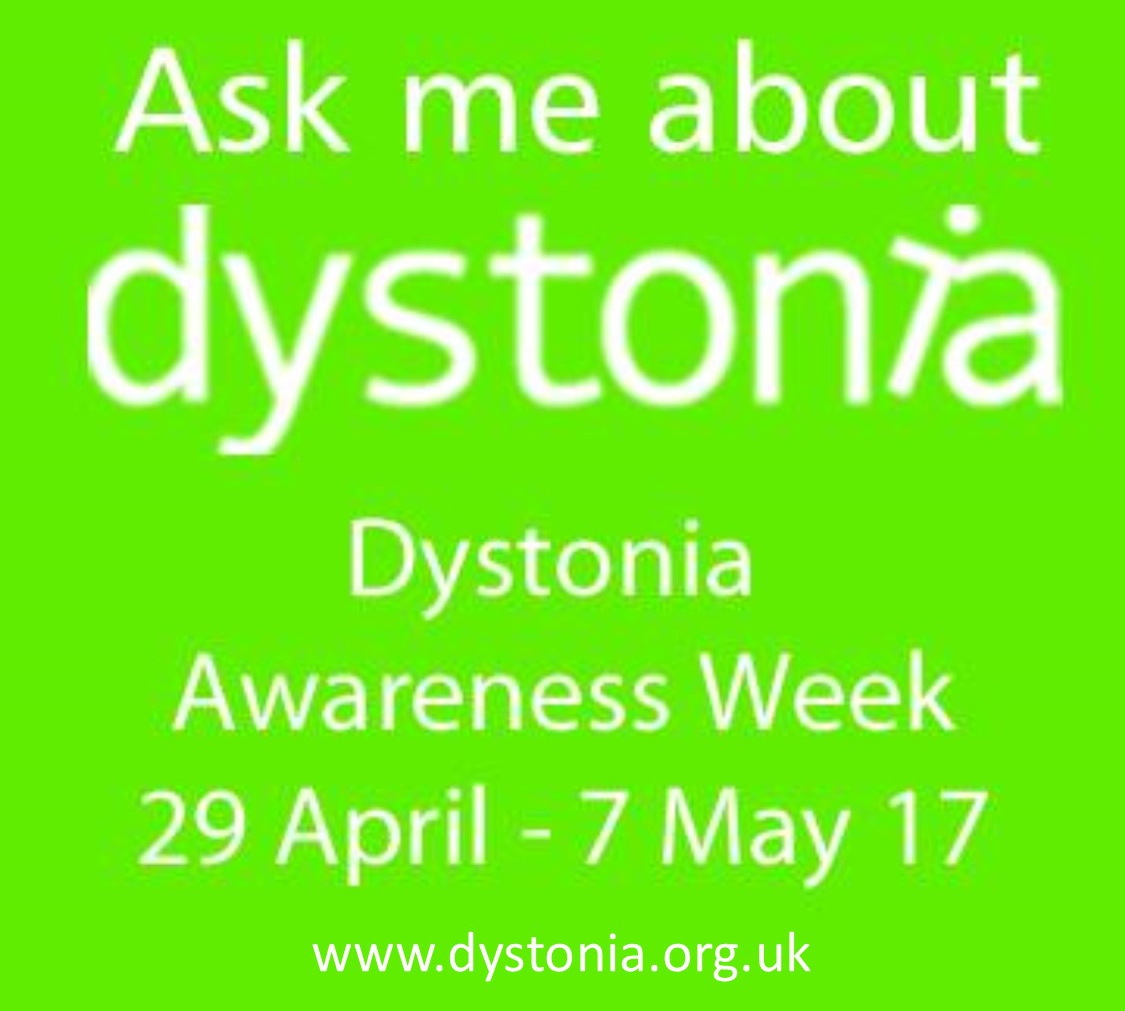Dystonia is a common form of abnormal movement which affects over 70,000 people in the UK. When trying to understand dystonia (and therefore to know how best to treat it) it is very important to realise that there are many different causes of dystonia. The word “dystonia” simply means abnormal posture, and there are many different illnesses that can cause this. These illnesses include genetic problems, illnesses where brain cells are gradually failing (neurodegenerative disorders), illnesses where structural damage occurs to the brain (e.g. stroke, head injury), problems that occur with oxygen supply to the brain around birth (dystonic cerebral palsy), and many others.
Functional dystonia is another cause of dystonia. Functional dystonia is one way in which functional neurological disorder (FND) can show itself. FND is a common, genuine and often disabling cause of neurological symptoms that can affect movement, sensation and cognitive function. In contrast to typical neurological illnesses, in FND the “basic wiring” of the nervous system is intact and can work. However, the symptoms are caused because people with FND are unable to access or control their body normally.

Functional Dystonia typically presents in two ways. In the first type, often called fixed dystonia, people developed a fixed abnormal posture of a body part or parts, often associated with a lot of pain. Often this happens after a painful injury. Even though the injury does not cause lasting mechanical damage, it seems to act as a trigger to the development of functional dystonia. The second main type of functional dystonia comes in attacks or episodes. Here people often have fairly normal control of movement but then have episodes where they get severe and often quite painful attacks of abnormal posturing. There are other less common forms of functional dystonia, for example causing facial spasms.
Diagnosing the cause of dystonia is not easy, and for this reason it is important for affected people to see a neurologist who has a specialist interest in movement disorders such as dystonia.
Functional dystonia, similar to other manifestations of FND, is a real and often disabling problem. However, people affected by it often struggle to get a clear diagnosis, and when they do, often the way the diagnosis is communicated makes people feel that the problem is not genuine or important. There are many routes to developing FND, and it is important to have an open minded and holistic discussion that considers all the relevant issues, including both physical and mental health. With this discussion it should then be possible to move forward to individualised treatment.
The main treatment for FND, including functional dystonia, is rehabilitation, in other words learning ways (physical, mental or both) to control the abnormal movement and pain and to regain normal function. This is not at all easy, and even with good treatment people may not fully recover. However, the biggest barrier to most people at the moment in the UK is the lack of access to specialist treatment. This is a situation which is slowly changing with the help of organisations such as FND Action and the Dystonia Society, but there is still a long way to go. Having said this, FND, including functional dystonia, is a treatable problem, and many people do make significant progress over time.
Professor Mark Edwards
Movement Specialist
St George’s, University of London
Atkinson Morely Regional Neuroscience Centre








COMMENTS